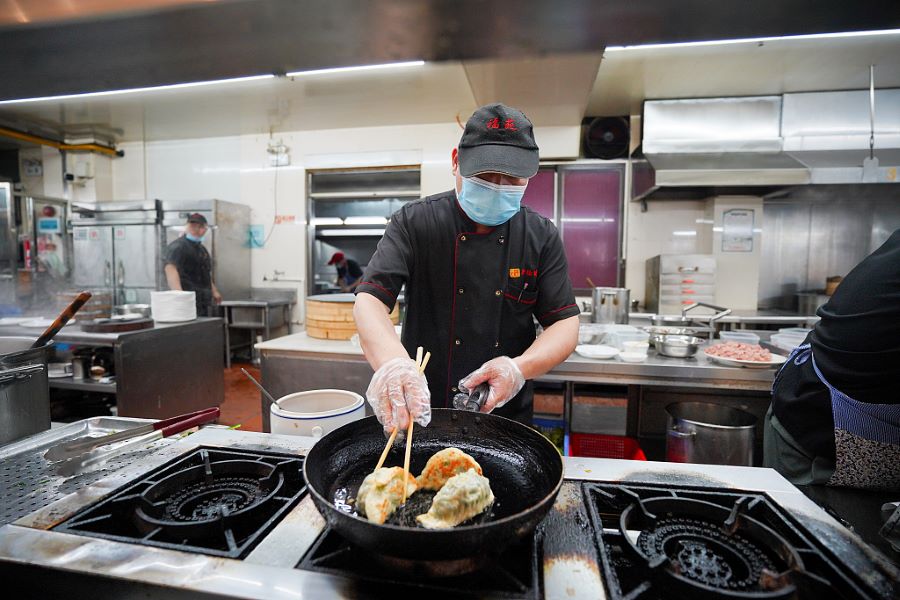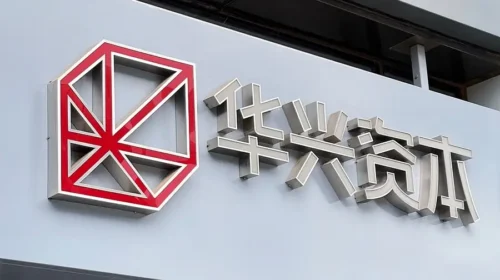Li Bang bakes up new attempt at Nasdaq IPO

The supplier of stainless-steel commercial kitchen equipment has filed a new application to list in New York, extending a campaign dating back to August 2022
Key Takeaways:
- Li Bang has filed a plan to raise $9 million in a New York IPO, down sharply from the $25 million it targeted with its original listing plan in 2022
- The company’s revenue and profits have both deteriorated since the original listing plan, making it hard to see why the company is heading to market now
By Edith Terry
When Li Bang International Corp. Inc. (LBGJ.US) first announced plans to list on Nasdaq two years ago, it looked like a solid player in its niche market of providing commercial kitchen equipment for hotels, schools, hospitals and government canteens. Its revenue and profits were growing strongly at the time, even though both were relatively small at $15.9 million and $2.6 million, respectively, for its fiscal year through June 2021.
Fast forward to the present, when the company has dusted off its listing plan with the filing of an updated prospectus last week. But far from showing a company baking up more growth, the updated document shows decidedly worsening metrics. In the two years since the original filing, the company’s annual revenue has dropped to $14 million for its fiscal year through June 2023, while its net income shriveled to just $614,000.
Things only worsened from there, as Li Bang fell into the red in its latest reporting period for the six months through December last year. Its revenue for the period tumbled 54% to just $3.7 million from $8 million a year earlier, as its bottom line swung to a loss of $1.4 million from an $826,000 profit a year earlier.
If it completed the listing in 2022 or even 2023, it might have had a better story to tell. But coming to market now seems a bit half-baked, raising the question of why the company is moving ahead with the listing plan even as its finances worsen. IPO tracker Renaissance Capital reported last week the company was aiming to raise $9 million – well below the $25 million it was targeting when it first filed to list in 2022.
The good news about Li Bang is that it’s in a rock-solid sector and has good connections with local government and international customers in China. Its clients include Duke University Kunshan, the Yancheng Marriott and Shanghai Songjiang Hilton hotels and the Shanghai Cancer Hospital, among others. It helps its roughly 120 customers design and equip large-scale, stainless-steel kitchens across China, according to the latest prospectus.
Li Bang and its various operating entities manufacture 80 different kinds of kitchen accessories and 300 types of kitchen equipment, ranging from stoves to soup pots, together with exhaust systems and waste processors.
The company explained that its deteriorating finances between 2020 and 2022 were partly due to disruptions during the pandemic. Part of its revenue declines also owed to the falling value of China’s currency, the yuan, since the company earns all of its revenue in yuan but reports its results in U.S. dollars. The yuan has weakened significantly from around 6.45 to the dollar in 2021 to 7.08 in 2023. That means that even if the company’s revenue in yuan terms remained flat over that time, the reported value in U.S. dollars would have dropped.
Even so, it’s hard to understand Li Bang’s logic in moving ahead with its listing now. That decision is inevitably coming from the company’s Chairman and CEO Huang Feng, and his wife Li Funa, who hold most of the company’s shares and voting power.
Overvalued?
Li Bang has changed its bookrunner for this latest listing attempt, switching from New York-based boutique investment bank Univest Securities to Los Angeles-based Westpark Capital. But it has kept the same boutique auditor, Wei Wei & Co, with offices in New York and Beijing.
The current issue, of 1.6 million shares, priced between $5 and $6 per share, is expected to raise just $6.5 million after underwriting and offering expenses, with half going to working capital and 30% for construction of two new factories in Jiangyin, Li Bang’s home base.
A pricing in the middle of the range at $5.50, with 18.6 million shares outstanding after the offering, would give Li Bang a market cap of just over $100 million and a price to sales (P/S) ratio of 6.6. That looks quite high compared to household appliance maker JS Global Lifestyle (1691.HK) at a ratio of 0.48 and global peer The Middleby Corp. (MIDD.US) at 1.69, suggesting Li Bang’s shares could come under some immediate pressure if it completes its listing this time.
The overall market for kitchen appliances in China may be buoyant, as growing numbers of Chinese millennials and Gen Zers take more interest in home cooking. But commercial kitchens and their equipment are a different category involving industrial-sized products and designs.
According to the prospectus, there were 735 enterprises in China’s commercial kitchen industry in 2023, with assets of 132 billion yuan ($18 billion) and 144,500 employees last year. Manufacturing in the sector grew annually by about 6% between 2019 and 2023, according to the China Industry Research Network, which estimated the market will be worth about 88 billion yuan this year.
Li Bang doesn’t appear to be targeting the booming market for standalone restaurants with its kitchen equipment, which a survey by JD.com says is growing at double-digit rates, with an estimated 6 billion yuan in sales in 2023. Instead, most of Li Bang’s revenue comes from selling its equipment and services to institutions like schools and hospitals, as well as hotels. That fact explains some of the volatility in its revenue each year, due to an uneven project flow, where costs are typically big at the start and go down as a project nears completion. The company was burning cash in 2023, with net cash down to $308,692 in 2023 from $478,768 in 2022.
Most of Li Bang’s domestic competitors are privately owned, and produce 60% to 70% of the world’s kitchen appliances through OEM and ODM manufacturing arrangements. Despite providing its financials in U.S. dollars, the company has no sales outside China, according to the prospectus.
Li Bang is quite typical of Chinese companies listing in the U.S. lately, most of which are quite small and tend not to attract much scrutiny from the country’s increasingly vigilant regulators. That means the listing is unlikely to face any resistance on a regulatory level. Instead, the bigger challenge for Li Bang will be attracting investor eyeballs, which could be difficult with its recent story of shrinking revenues and disappearing profits.
To subscribe to Bamboo Works free weekly newsletter, click here






